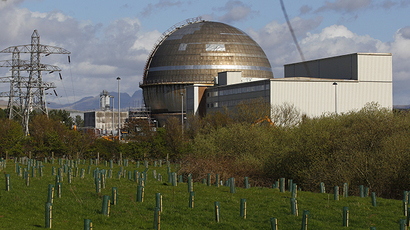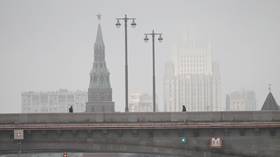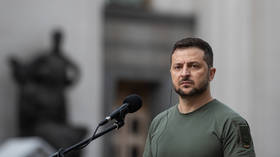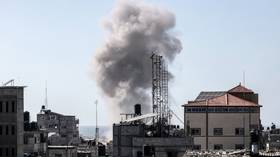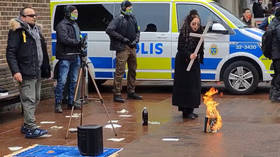UK nuclear site ‘leaking’ – The Guardian
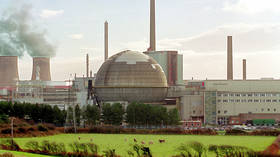
Sellafield, regarded as the most hazardous nuclear site in Europe, has developed a leak in a massive radioactive waste silo that has prompted concerns about the facility’s safety measures, as well as potential dangers to the public and the environment, The Guardian has reported.
The two-square-mile (6km sq) plant, located in Cumbria in England’s northwest, is responsible for the storage and decommissioning of waste from nuclear weapons programs and power generation. It was previously used to generate nuclear power from 1956 to 2003.
However, the decades-old facility, Europe’s largest nuclear site, has a catalog of safety issues, the newspaper said, including asbestos and fire hazards. Perhaps more concerningly, though, are cracks in storage silos which have prompted diplomatic squabbles with affected countries, including the US, Norway and Ireland.
Damage to one silo of toxic radioactive waste has caused a leak of “potentially significant consequences,” The Guardian said on Tuesday, citing official documents seen by the outlet. It adds that the leak, which it says is likely to continue until 2050, could contaminate groundwater should the situation worsen further.
Scientists are attempting to assess the full risks of the leak using “ongoing radiological dose assessments” and statistical modeling, the newspaper added. In June, the UK’s Office for Nuclear Regulation (ORR) said in a report that the risk presented by the leak is “as low as reasonably practicable.” However, the nuclear regulator remained concerned by the full impact of the leak and at what rate, if any, it may affect groundwater.
An unnamed expert who sits on a committee that monitors Sellafield and other nuclear sites told The Guardian: “It’s hard to know if transparency is put aside because no one’s brave enough to say ‘we simply don’t know how dangerous this is – other than certainly dangerous.’”
An EU report in 2001 warned that an accident at Sellafield could be more hazardous than that of the Chernobyl disaster in 1986, which exposed about five million people in Europe to radiation. Sellafield contains substantially more radioactive material than the Chernobyl facility did at the time.
Reports of Sellafield’s crumbling facade have sparked US concerns about the safety standards at the site, according to diplomatic cables seen by the publication. It has also led to complaints from the governments of both Ireland and Norway – with Oslo worried about the potential of radioactive particles being carried towards its territory by winds across the North Sea.
Health problems brought on by exposure to nuclear radiation depend on the dose but can range from nausea and vomiting to cardiovascular disease and cancer. Extremely high exposure is, in most cases, fatal.
